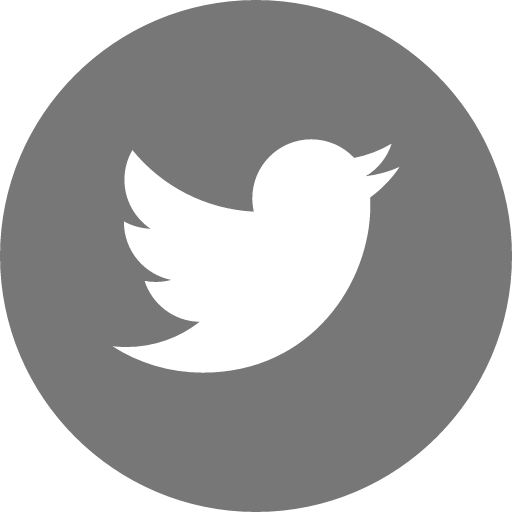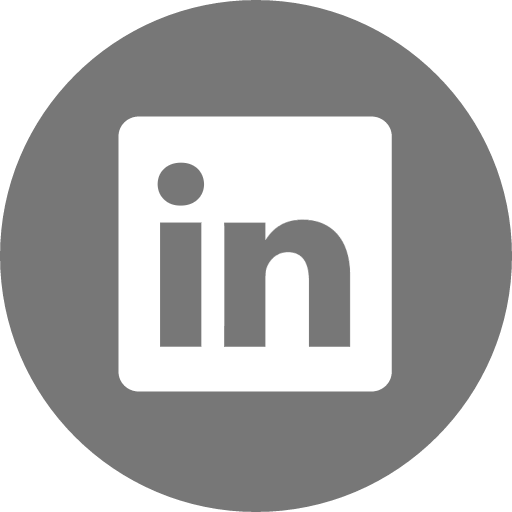Author’s mind-bending trip transformative, Vancouver Courier, 2003
/BREAKING OPEN THE HEAD: A PSYCHEDELIC JOURNEY INTO THE HEART OF CONTEMPORARY SHAMANISM
By Daniel Pinchbeck,
Broadway Books
Daniel Pinchbeck, a New York writer, was unhappy with his life. Although his work has appeared in The Village Voice, Rolling Stone, and a host of other high-flying publications, it didn’t help with his attitude problem. “I fell and I could not get back up,” he said of his existential crisis, which appeared to be of the grand mal variety. “Wandering around the streets of the East Village, I spent so much time contemplating the meaninglessness of existence that I sometimes felt like a ghost. Perhaps I am already dead, I thought.”
Pinchbeck was looking for answers. He found them, along with more questions, in Africa and Latin America, where he investigated the shamanic traditions of aboriginal people, participating in rites involving the use of psychoactive substances.
Some might diminish this sort of thing as “spiritual tourism” for heads. It’s certainly true the author ambled down a well-worn road, previously travelled by the likes of Carlos Castaneda and Terrance McKenna. Yet Pinchbeck brought along his university-honed skepticism for the “trip,” and a talent for a nicely turned phrase.
In Africa, Pinchbeck gets comically saddled with a loud, middle- aged New York matron as a travel partner. They visit a Gabon tribe called the Bwiti, and participate in rites rarely witnessed by Westerners. Pinchbeck consumes a potion containing iboga, a powerful hallucinogen.
In an extreme form of the initiation rite, the iboga-swiller’s skull is struck with a hammer three times “to break open the head,” helping him enter into the spirit world. The author managed to avoid this spiritual Warner Brothers routine, but something definitely opened up for him during his journeys. A common expression for someone in the grip of psychosis is that they are “cracked,” or “out of their mind,” and the reader may wonder if something important– some objective faculty–had escaped out the author’s noggin. Alternatively, the reader may follow the author’s suggestions, and consider the possibility that messages from the “spirit world” had entered through some neural portal opened up by psychedelic potions. Did Pinchbeck carve himself a new astral hole?
The chapters on the Bwiti’s iboga ceremonies are followed by a visit to Burning Man, a yearly pagan/gearhead celebration in the Nevada desert. With its slumming-hipster tone, this is the least successful portion of the book.
After this Dionysian diversion, the book picks up the pace. Pinchbeck provides some literary ballast for his speculations on the nature of stoned consciousness, citing the lives and writings of Rimbaud, William James, Aldous Huxley and the brilliant German social philosopher Walter Benjamin.
The author then gives a moving account of his adventures with Ecuadorian shamans, undergoing the visionary rituals brought on by a bitter brown potion called ayahuasca, or “yage.” The shamans who concoct it call it “the soul of the vine,” “the medicine,” “the purge,” or “the rope of death. ”
Amazon shamans say their knowledge of plants and the spirit world comes from yage. British anthropologists, the first Westerners to encounter this substance, called it “telepathine” for its apparent psychic effects. This term didn’t survive the peer review process of academic psychopharmacology, and a Western model of brain function that allows for no spooks or spectres from any so-called “spirit world.”
Pinchbeck disagrees, citing his own experiences, and those of writer William S. Burroughs, who pronounced yage “space-time travel.” The author is astounded to discover that his model of reality, carefully constructed from cradle to college, is woefully inadequate to account for his experiences.
Ayahuasca tours, which offer astounding visions at the price of overpowering nausea, are quickly becoming stylish in the eco- tourism market that is geared to Westerners. Is this just one more Third World “trip” to be consumed by jaded Westerners? Dreamtime as prime time? Pinchbeck has mixed feelings about the spiritual commerce between north and south, but ultimately he endorses it: “The yage tours are, in fact, beneficial to both sides. The shamans desperately need the revenue, and we, equally desperately, need the revelations.”
None of this psychic spelunking is especially fun for the author. Iboga, yage and DMT are apparently not for the faint of heart–they kicked Pinchbeck’s ass. His explorations with powerful psychoactive compounds underline how wrongheaded the Western idea of “recreational” drug use often is. Aboriginal peoples regard such medicines as potent means to enter other worlds, and don’t take them lightly.
The most extraordinary section of the book involves Pinchbeck’s experiences in Palenque, Mexico, with dimethyl tryptamine, a chemical that occurs naturally in the brain. When smoked, DMT can produce an out-of body experience within 15 seconds. Pinchbeck takes a hit off the pipe and he’s gone. Like other DMTnauts, he became convinced this realm has an independent reality of its own. Beings kept repeating to him, “This is it. Now you know. This is it. Know you know.”
Pinchbeck’s experiences left him happier and more grounded than before, apparently without turning him into a full-on New Age bliss- ninny. This, undoubtedly, was due to the idiosyncratic way these compounds interacted with his particular personality. One might question his insights, but one can’t discount the happier guy Pinchbeck says he found at the end of his journey. Breaking Open the Head, a compelling addition to the literature of ethnobotany, is enough to make even linear-minded materialists wonder about the world inside and outside their own skulls.






